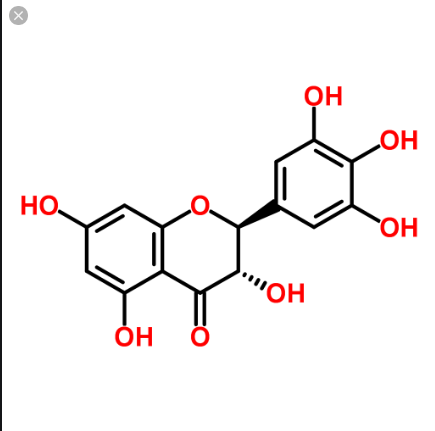Dihydromyricetin is Found throughout the Hoveniadulcis tree, often known as Asian Raisin Tree; its own tree leaves have been fermented as tea throughout the Near East for years and had been authorized by the Korean FDA to be used at 2008 as a cure for alcoholism. Dihydromyricetin in addition has been shown to be Dihydromyricetin active in the treatment of oral disorders including anti oxidant properties.

Dihydromyricetin seems to possess 2 potential That allows it to reach its double major benefits: the anti oxidant results of dihydromyricetin tend to be due to its own ability to block Fe and Fe2 + ions out of people in the human anatomy; indeed Fe along with Fe2 + getting heavy metals that may have harmful effects on the body if within high amounts. The second mechanism of intervention for dihydromyricetin acts as only an antagonist to GABA(A) receptors; such concentrations have been potentiated if a individual has been at a state of alcohol consumption. Dihydromyricetin is demonstrated to enhance the plasticity of the GABA(A) receptor from alcohol withdrawal in addition to tolerance.
Great Things about Dihydromyricetin
Dihydromyricetin Appears to have some effects that are strong, such As a decrease in the spread of liver carcinoma cells, chiefly HepG2 cells, also anti oxidant impacts in the context of lipid peroxidation[4]. Besides these effects, dihydromyricetin is known for its ability to stop severe alcohol intoxication in rats however reduces the symptoms of depletion and sensitivity . Dihydromyricetin has been demonstrated to be able to lower alcohol ingestion if rats have been placed in a circumstance. Thanks to this impact, dihydromyricetin has been suggested as a possible treatment for Medication Use Disorders.
Dosing of Dihydromyricetin
Injections of all 1mg kg of dihydromyricetin in rats are In countering alcohol intoxication, that will be 2.244 mg/kg in humans, 14, active Well as 17.112 mg/day at 70 kilogram individual beings (150 pounds ).